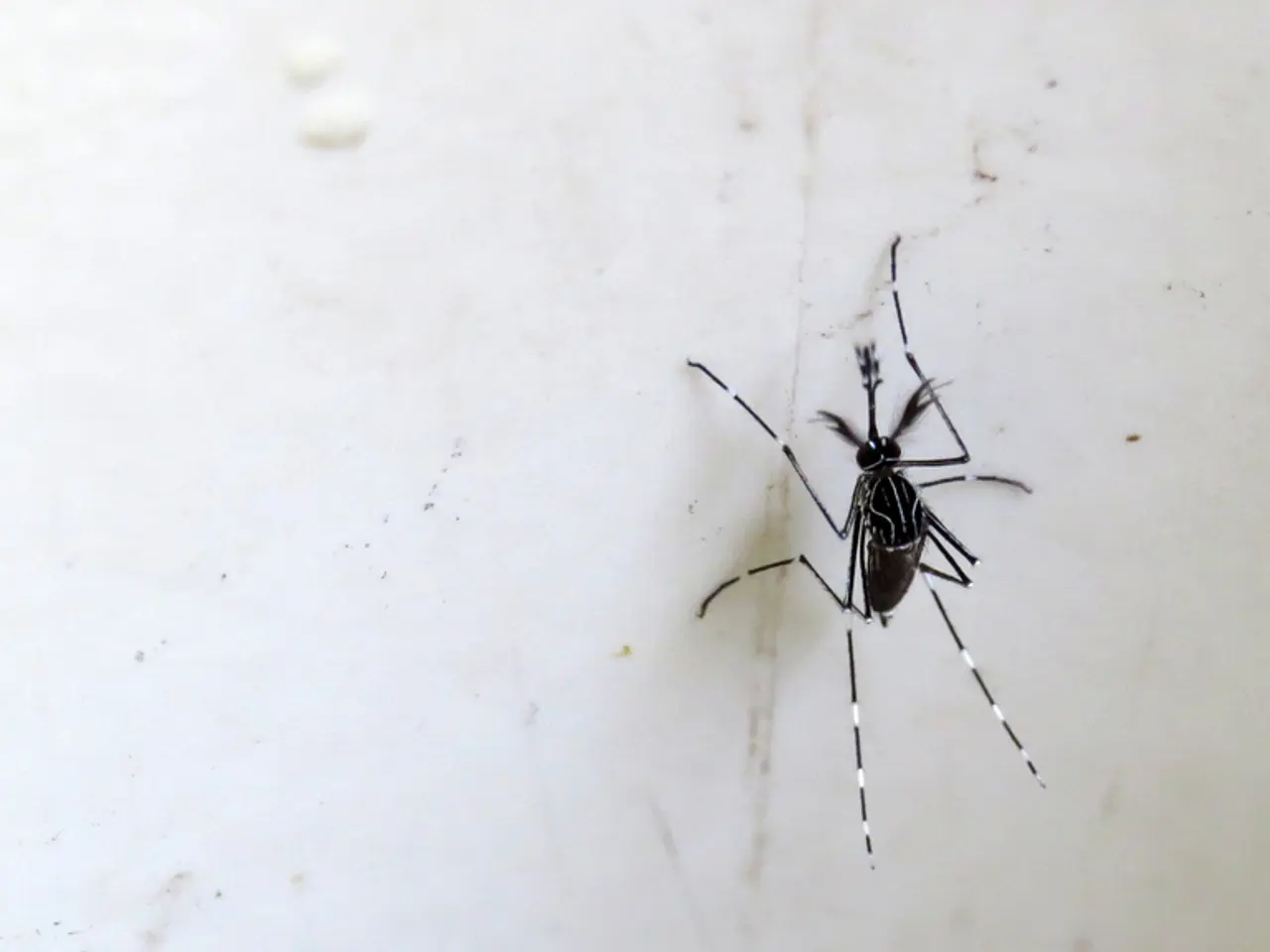Zika Virus: Itchy Rash and Pregnancy Risks
The Zika virus, first identified in Uganda in 1947, has gained global attention due to its widespread occurrence in the Americas in 2015. A distinctive rash, itchy in about 79% of cases, is a common symptom. The U.S. Centers for Disease Control advises pregnant women to avoid regions where the virus is endemic due to potential birth defects.
The Zika virus rash is unique, featuring flat blotches (macules) and raised tiny reddish bumps (papules), technically termed 'maculopapular'. Unlike similar rashes from dengue or chikungunya, it's itchy in most cases. The rash appears within days of an infected mosquito bite, starting on the trunk and spreading. Besides the rash, symptoms may include fever, headache, fatigue, conjunctivitis, and joint pain, usually resolving within two weeks. However, the virus can cause serious complications for pregnant women, including microcephaly and other birth defects in their babies. Transmission occurs through infected mosquito bites, mother-to-fetus, sexual intercourse, blood transfusion, or animal bites. There's currently no vaccine available, making prevention crucial. Avoiding mosquito bites is the primary method of prevention.
The Zika virus, characterized by a distinctive itchy rash, poses a significant risk to pregnant women and their unborn children. With no vaccine available, prevention through avoiding mosquito bites is essential. Pregnant women should heed the CDC's advice and avoid regions where the virus is prevalent.






